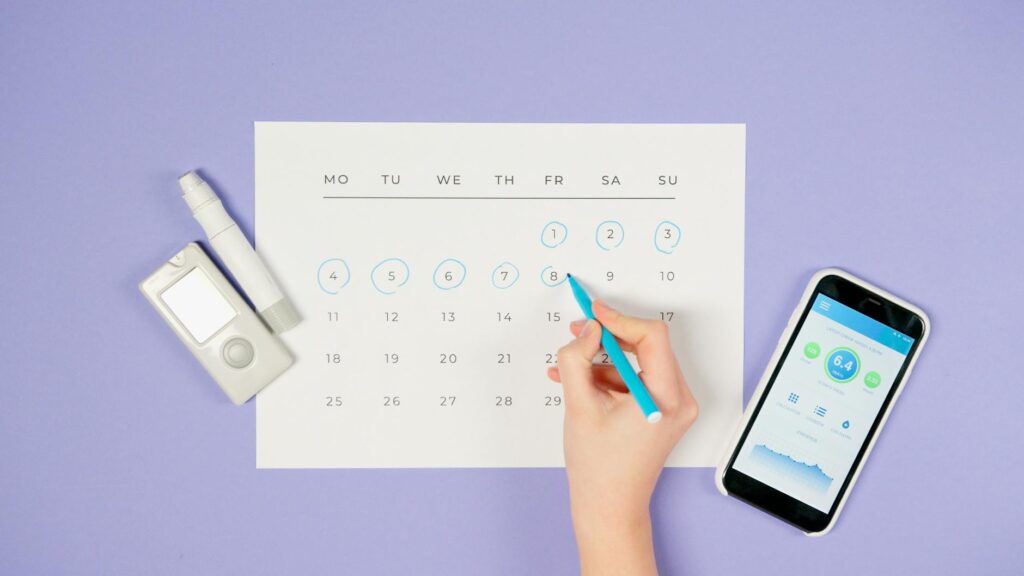What is screen time limits?

What is screen time limits?
In today’s fast-paced digital world, the concept of screen time limits has become increasingly relevant. As we find ourselves glued to our screens—whether for work, school, or leisure—concerns about the effects of excessive screen time are on the rise. From eye strain to mental health issues, the implications of too much time spent in front of devices are significant. Setting screen time limits can not only enhance productivity but also promote a healthier lifestyle.
Understanding Screen Time Limits
Screen time limits are guidelines that dictate how much time individuals, especially children, spend on screens each day. These limits are intended to foster moderation and balance in our digital lives. By establishing clear boundaries, we can encourage healthier habits and mitigate the negative impacts associated with prolonged screen use.
What are Screen Time Limits?
Screen time limits are specific thresholds set for various contexts including personal use, educational settings, and professional environments. For instance, parents might impose limits on their children’s recreational screen time, while educators may set guidelines for the use of digital tools in classrooms. The primary goal is to manage how much time is spent on screens while promoting other activities, such as outdoor play or face-to-face interactions.
Why Set Screen Time Limits?
The benefits of setting screen time limits extend beyond just keeping track of hours spent on devices. Here are a few compelling reasons to consider:
- Physical Health: Excessive screen time is linked to a sedentary lifestyle, which can lead to obesity and related health issues. Reducing screen time can help encourage more physical activity.
- Mental Well-being: Studies show that too much screen time can negatively affect mental health, increasing feelings of anxiety and depression. By limiting exposure, individuals can foster better emotional health.
- Improved Sleep: Blue light emitted by screens can interfere with sleep patterns. Setting limits, especially in the evening, can contribute to better sleep hygiene.
- Enhanced Focus: With fewer distractions from devices, individuals can improve their concentration, leading to enhanced productivity, whether at work or in school.
For more insights on how screen time affects health, check out this article on the effects of excessive screen time on child development.
Establishing Effective Screen Time Limits
Implementing screen time limits isn’t just about setting arbitrary rules; it requires a thoughtful approach. Here are some strategies to establish effective limits.
Assessing Your Current Screen Time
Before setting limits, it helps to evaluate your existing screen time habits. Use tools and apps that track your daily usage across different devices. Many smartphones come with built-in features for tracking screen time. This assessment will provide a clearer picture of your habits and the areas needing adjustment.
Creating a Screen Time Plan
Once you’ve assessed your current usage, the next step is to develop a personalized screen time plan. Here’s how to get started:
- Set Specific Goals: Determine how much time you want to allocate to various activities (e.g., work, leisure, social media). Make sure these goals are realistic and achievable.
- Break it Down: Instead of a blanket limit, consider splitting screen time into categories—work vs. leisure. This allows for flexibility while maintaining control.
Setting Boundaries and Consequences
Having clear boundaries is essential for effective screen time management. Establish what happens if those boundaries are exceeded. This might include reducing screen privileges or finding alternative activities to engage in. Consistency is key; it reinforces the importance of adhering to the limits.
Tools and Resources for Managing Screen Time
Many tools and resources are available to assist in managing screen time effectively. From apps to educational materials, these resources can facilitate a healthier balance in screen use.
Recommended Apps for Screen Time Management
Here are a few popular apps designed to help monitor and limit screen time:
- Screen Time: This app allows users to set daily limits for app usage and receive reports on screen time statistics.
- Moment: This app tracks how much you use your phone and encourages you to reduce screen time by setting daily goals.
- Forest: A unique app that helps you focus by growing virtual trees as you stay off your phone. It’s a fun way to reduce distractions.
Resources for Parents and Educators
For parents and educators looking to manage screen time for children, several resources can provide guidance:
- The Mayo Clinic recommends strategies for guiding children on appropriate screen time based on their age.
- Organizations like Youth First provide insights into the benefits of reduced screen time for children, emphasizing the importance of balance.
Conclusion and Best Practices
Setting screen time limits is crucial in today’s digital age. By understanding the importance of moderation and taking proactive steps to establish boundaries, you can greatly enhance your quality of life. Remember to evaluate your current habits, create a personalized plan, and utilize available tools to help manage screen time effectively.
As you navigate this journey, consider the benefits not just for yourself but also for your loved ones. By prioritizing screen time limits, you’re fostering a healthier environment that encourages more meaningful interactions and a balanced lifestyle. So, why not take the first step today? Start setting those limits and watch as your productivity and well-being flourish!

Photo by Artem Podrez